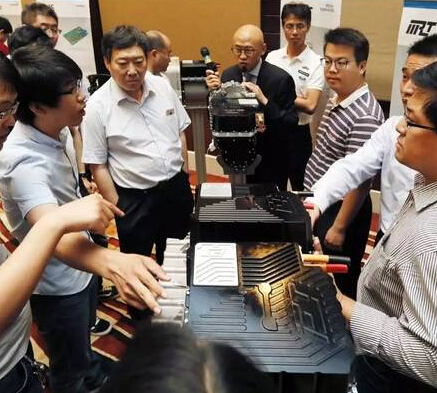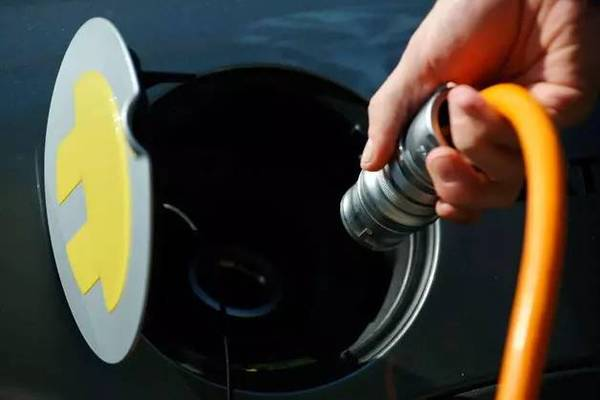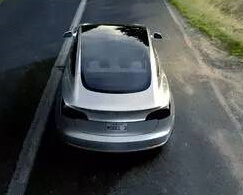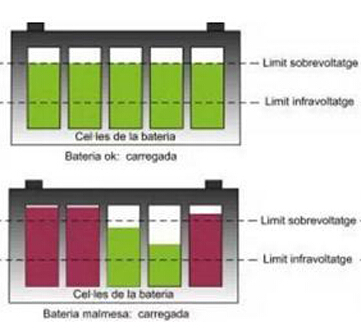With the development of the new energy automobile industry, the technology of electric vehicles is continuously improving, and the endurance capability is also constantly improving. Turning over, Xiaobian found that the maximum cruising range of 500km seems to be more and more cars. This may lead many people to think that with such a long battery life, the electric car can be fully opened as a fuel car, and it is no problem to go home for a long trip or travel.
But the fact is that the actual life of the electric car is far from the maximum cruising range officially advertised, and it is not as far as the comprehensive cruising range. According to those mileages, it is likely to be halfway "armpit".

So, how did these so-called miles come from?
Maximum cruising range
First of all, we have to understand a concept - working conditions, that is, the working conditions of power equipment under certain conditions.
In general, the use of the battery, traffic conditions, weather, driving habits, and whether to open the air conditioner, etc., these factors that cause changes in the cruising range are collectively referred to as "working conditions."
The maximum cruising range is generally tested under relatively single conditions, that is, under constant speed conditions where the speed is not high, so it is also called constant-speed endurance. In this way, the vehicle consumes less energy, and the measured maximum cruising range certainly looks long enough, so it becomes the most publicized data of the car company.

However, in daily life, whether in the urban area or in the suburbs, it is difficult to achieve a uniform speed under a single working condition. Therefore, the general daily travel cannot achieve the maximum cruising range. This data
Comprehensive cruising range
As the name suggests, comprehensive life is not a life under a single working condition. There are currently three criteria for judging the comprehensive cruising range in the world, namely the US EPA standard, the European NEDC standard, the WLTP standard, and the Japanese JC08 standard. Among them, China currently uses the European NEDC standard.

Known as the New European Driving Cycle, NEDC is a complete circulatory system consisting of four urban conditions and one suburban condition. The urban conditions are mainly simulated in the urban area with low speed. The maximum speed does not exceed 50km/h, the average speed is 18.35km/h, and the urban cycle is about 195 seconds. The suburban conditions simulate the smooth flow of traffic. The speed is up to 120km/h, the average speed is 62km/h, and the driving time is 400 seconds.
After the vehicle is fully charged, according to this circulation system, the cruising range measured when the vehicle runs out of exhaustion is the NEDC battery life. Therefore, compared with the maximum cruising range, the comprehensive cruising range is more relevant.

It should be noted that although the measured result is closer to the actual range than the maximum cruising range, the NEDC test standard is more gradual than other standard acceleration and deceleration, and the overall average speed is also low. The comprehensive endurance tested is compared with the actual situation. There are still some differences, only a reference.
Which cruising range is more reliable?
In the current three international standards, the US EPA test is closer to the actual situation, including urban conditions, high-speed working conditions, intense driving conditions and air conditioning full load conditions for 4 cycles.
img src="https://mp.ofweek.com/Upload/News/Img/member9650/201901/wx_article_20190116174019_6jlT9H.jpg" style="height:auto !important;" />
Among them, the urban working conditions are 1874 seconds, the maximum speed is no more than 60km/h, and the average speed is about 34km/h. It mainly simulates the situation under different road conditions in urban areas; the high-speed working condition vehicle travels for 765 seconds, and the maximum speed is about 77km per hour. /h, for a long time under high energy consumption conditions; high-speed acceleration conditions, the vehicle travels about 600 seconds, the maximum speed is 128km / h, the average speed is 77km / h, and there are multiple rapid acceleration / deceleration; air conditioning conditions mainly travel about 600 In seconds, the average speed is about 34.7km/h, which mainly simulates the situation that the vehicle turns on the air conditioner in the urban area.

The cycle of EPA is the most demanding test standard, both in terms of complexity and intensity, and is closest to the actual working conditions. Take Tesla's 2015 model S as an example. Under the EPA test standard, its final cruising range is 432km, and in the comprehensive life of the Ministry of Industry and Information Technology (NEDC standard), its score is 528km. According to the feedback of most car owners, the 85D's cruising range is also in the early 400km, which is very close.
summary
The cruising range of vehicles in daily life will change with the road conditions and the environment. Therefore, whether it is the maximum cruising range or the comprehensive cruising range, it can only serve as a reference. The actual use of the car situation, planning the trip ahead of time. And we also hope that the relevant state departments and car companies can improve the test standards under comprehensive conditions as soon as possible, at least from the current NEDC life, most of the comprehensive battery life has to be discounted.
















 RCCN WeChat QrCode
RCCN WeChat QrCode Mobile WebSite
Mobile WebSite







